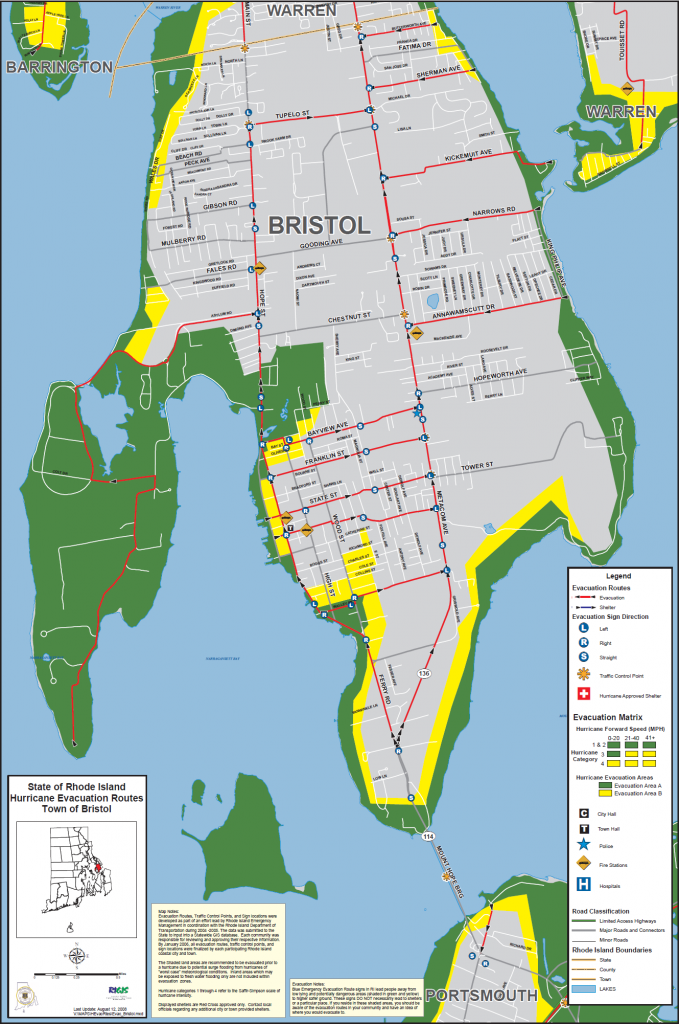The Push and the Pull
Increasing safety and efficiency in medicine can only lead to an increase in health care quality, right? Some might not agree, especially when it comes to the implementation of electronic medical records (EMRs). There is a federal effort to ensure all medical records are in digital format by 2014, and supporters of EMR technology laud their effectiveness at minimizing medical errors, keeping records safe, facilitating information portability, and increasing cost-efficiency overall (The HWN Team, 2009; Preidt, 2009). Unfortunately, many are skeptical of the cost, security, and utility of such systems (Brown, 2008; The HWN Team, 2009; Preidt, 2009; Terry, 2009). These concerns (and others) are dramatically slowing the pace of EMR adoption, especially in smaller private practices where cost is a significant issue (Ford, Menachemi, Peterson, & Huerta, 2009).
Does EMR adoption actually increase safety? As Edmund, Ramaiah, and Gulla (2009) point out, a working computer terminal is required in order to read the EMR. If the computer system fails, there is no longer access to the medical record. This could be detrimental in a number of cases, especially when considering emergency medicine. Edmund, Ramaiah, and Gulla also describe how difficult it can be to maintain such a system. With this in mind, it is plain that as the system ages there will be more frequent outages and, therefore, more opportunity for untoward effects. Further, recent research shows how EMRs enforce pay-for-performance schemes that many U.S. physicians resent. McDonald and Roland (2009) demonstrate that physicians in California would rather disenroll patients who are noncompliant when reimbursed under pay-for-performance models enforced by the EMR software. Declining to treat patients who express their personal responsibility and choice in their own medical treatment cannot improve the effectiveness of safety in the care that they receive.
There needs to be a middle ground. Baldwin (2009) offers some great real world examples of how some hospitals and practices use hybrid systems to ensure effectiveness and quality while enjoying the benefits of digital records. According to Baldwin, there are many concerns to account for when considering a move from an all paper charting system to an all digital system. Many times, these concerns cannot be allayed and concessions between the two systems must be made. Brown (2008) suggests providing a solid education to the front-line staff regarding EMR implementation, and hence, obtaining their ‘buy in’ to the process to create a smoother transition to implementation. However, this does not address the safety concerns. Baldwin’s advice to analyze which processes should be computerized allows a solid business approach to EMR implementation, allowing some processes to remain paper-based if it makes sense to do so.
References
Baldwin, G. (2009). Straddling two worlds. Health Data Management, 17(8), 17-22.
Brown, H. (2008, April). View from the frontline: Does IT make patient care worse? He@lth Information on the Internet, 62(1), 9.
Edmund, L. C. S., Ramaiah, C. K., & Gulla, S. P. (2009, November). Electronic medical records management systems: an overview. Journal of Library & Information Technology, 29(6), 3-12.
Ford, E. W., Menachemi, N., Peterson, L. T., & Huerta, T. R. (2009). Resistance is futile: But it is slowing the pace of EHR adoption nonetheless. Journal of the American Medical Informatics Association, 16, 274-281. doi:10.1197/jamia.M3042
The HWN Team. (2009, March). Electronic medical records: the pros and cons. Health Worldnet. Retrieved from http://healthworldnet.com/HeadsOrTails/electronic-medical-records-the-pros-and-cons/?C=6238
McDonald, R. & Roland, M. (2009, March). Pay for performance in primary care in England and California: Comparison of unintended consequences. Annals of Family Medicine, 7(2), 121-127. doi:10.1370/afm.946
Preidt, R. (2009, December 16). Pros and cons of electronic medical records weighed. Business Week. Retrieved from http://www.businessweek.com/lifestyle/content/healthday/634091.html
Terry, N. P. (2009). Personal health records: Directing more costs and risks to consumers? Drexel Law Review, 1(2), 216-260.


